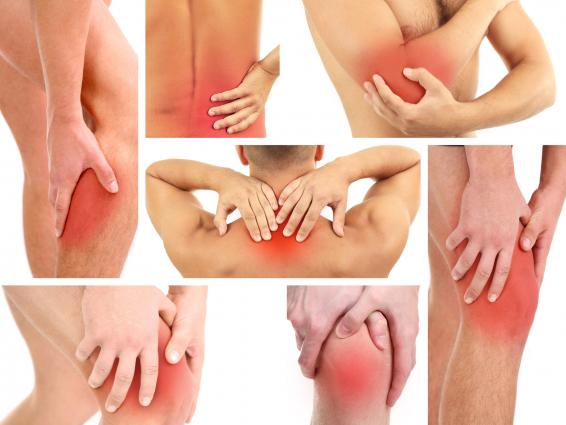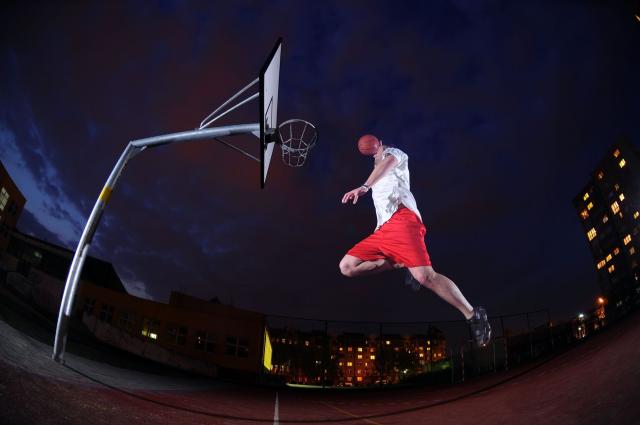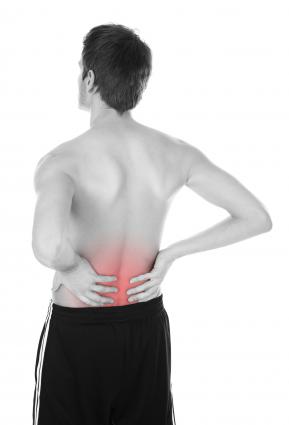What is a sport injury?
Sport injuries also known as 'overuse injuries' are the result of repetitive micro-trauma to the tendons, bones and joints. They usually occur over time. Common examples include tennis elbow (lateral epicondylitis), swimmer’s shoulder (rotator cuff tendinitis and impingement), runner’s knee, jumper’s knee (infrapatellar tendinitis) and Achilles tendinitis. In most sports and activities, overuse injuries are the most common and the most challenging to diagnose and treat.
Why do sport injuries occur?
They occur when you first begin a sport or activity and try to do too much too soon. If you begin playing tennis and play for several hours in an attempt to improve rapidly, you are setting yourself up for an overuse injury. As a beginner, you may also have poor technique which may predispose you to tennis elbow.
What factors are usually responsible for sport injuries?
Training errors are the most common cause of overuse injuries. These errors involve a too rapid acceleration of the intensity, duration or frequency of your activity. A typical example is a runner who has run several miles three times a week without any problem. That runner then begins advanced training for running in a marathon, running a longer distance every day at a faster pace. Injury is inevitable. Overuse injuries also happen in people who are returning to a sport or activity after injury and try to make up for lost time. There are also technical, biomechanical and individual factors. Proper technique is critical in avoiding overuse injuries. For this reason, coaches, athletic trainers and teachers can play a role in preventing recurrent overuse injuries.
How are sport injuries diagnosed?
The diagnosis can usually be suspected after a thorough history and physical examination. X-rays and additional tests like an ultrasound or an MRI are needed to confirm the diagnosis and prescribe the proper treatment.
What are the possible treatments?
The different treatments available will be discussed with your orthopaedic surgeon. For minor symptoms, cutting back the intensity, duration or frequency of the offending activity brings relief. More severe pathologies might necessitate medical or surgical treatments.




